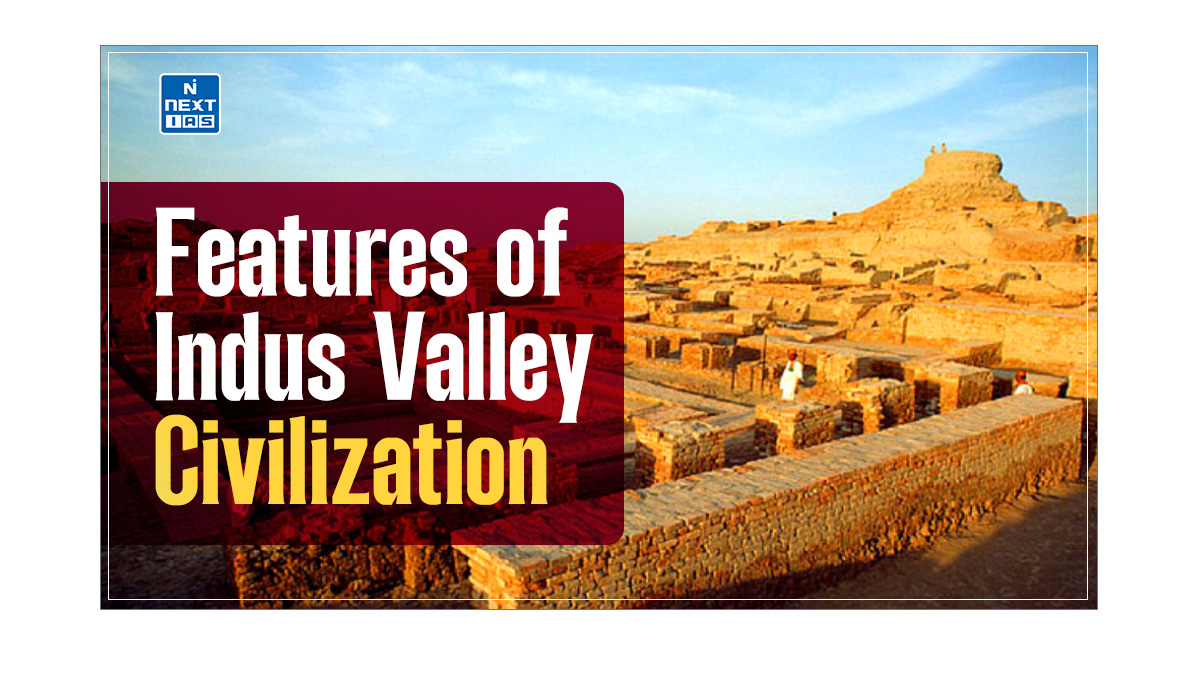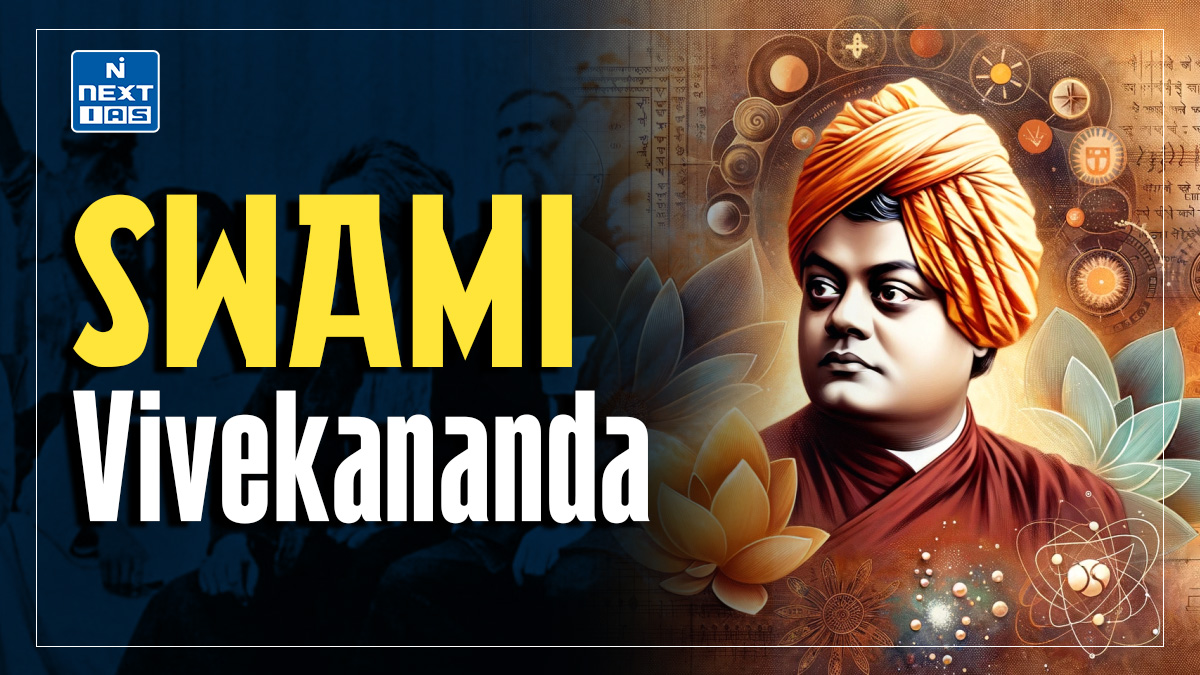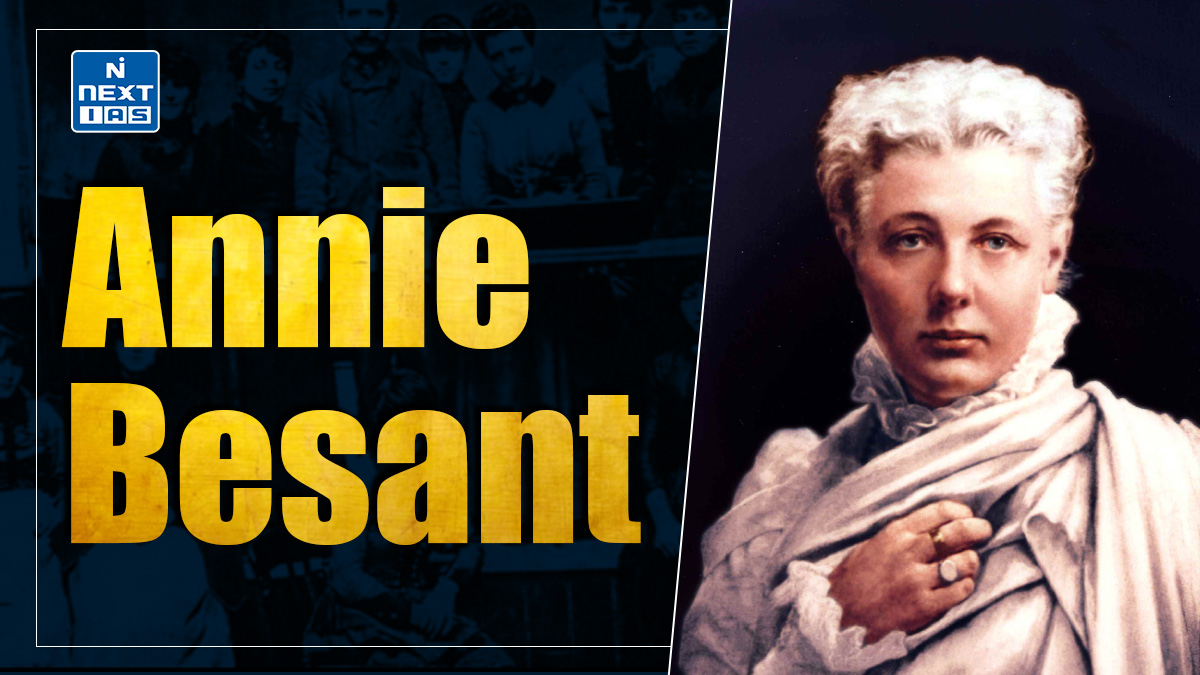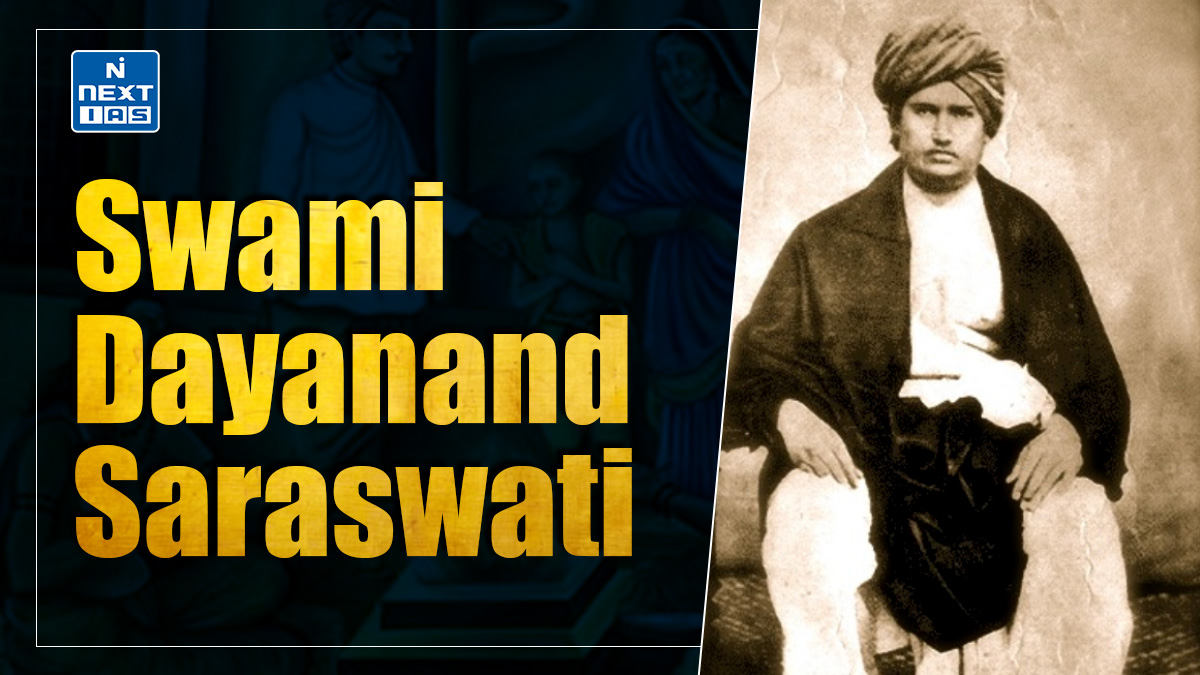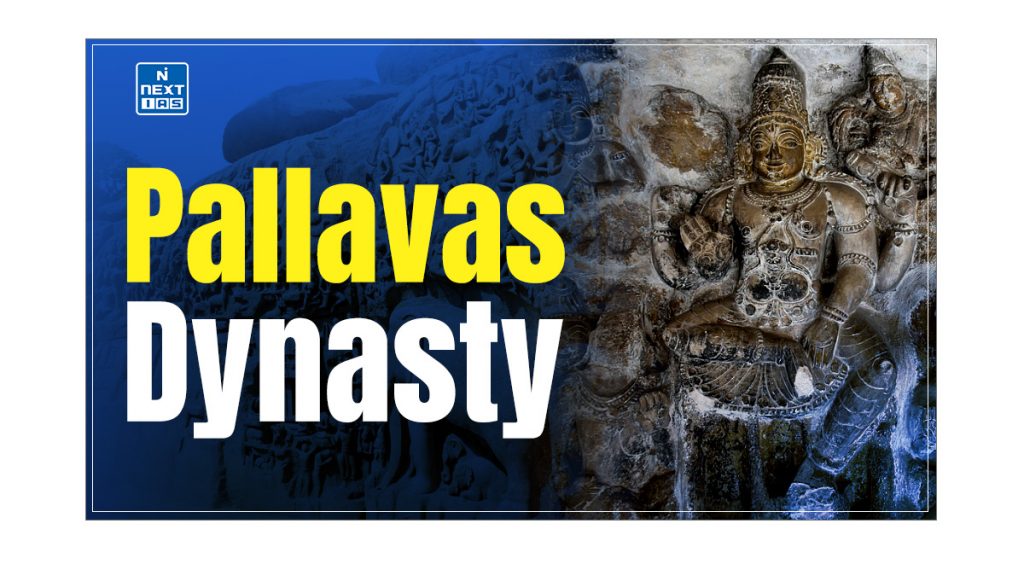
The Pallavas Dynasty were one of the most influential dynasties of South India, ruling from 275 AD to 897 AD. Their reign saw significant developments in administration, architecture, religion, and literature, leaving a lasting legacy on the cultural landscape of the region. This article aims to study in detail the rise of the Pallavas Dynasty, their significant rulers, administrative system, society, religion, economy, and their remarkable contributions to South Indian art, architecture, and literature.
About Pallavas Dynasty
- The Pallavas dynasty ruled parts of present-day South India from 275 AD to 897 AD.
- The Pallavas Dynasty were offshoots of the Satavahana Kingdom, where the Pallavas served as feudatories.
- The Pallavas Dynasty established their empire in Tondaimandalam, with Kanchipuram as its capital.
- The Pallavas Dynasty dominated until the end of the ninth century AD when the Imperial Cholas captured and annexed Tondaimandalam.
- The Pallavas Dynasty became a dominant power during the reigns of Mahendravarman I (571 AD—630 AD) and Narasimhavarman I (630 AD—668 AD). They controlled the Telugu and northern parts of the Tamil region for about 600 years.
- The Pallavas Dynasty were involved in constant hostilities with the Chalukyas of Badami north and the Cholas and Pandyas south.
History of Pallavas Dynasty
- There are many views on the Pallavas’ origins. Some identify them with a Persian tribe.
- Some believe that Pallavas Dynasty were indigenous South people connected to the Kurumbas and allied in blood with the robber tribes of the Kallars.
- There was a view that they were the feudatories of the Satavahanas and belonged to the Naga family.
- Another view was that the Pallavas Dynasty were descendants of the Cholas on the one side and the other from the Naga rules of the Jaffna peninsula in Ceylon (Sri Lanka).
- This view is based on the facts mentioned in the Tamil epics that a Chola King married a Naga princess of Manipallavam (identified with Jaffna).
- The son born out of this marriage was made the King of Tondaimandalam, and the Pallavas dynasty he founded became known as the Pallavas.
- Therefore, many scholars accepted the view that the Pallavas were the natives of Tondaimandalam itself.
- After the Satavahanas conquered Tondaimandalam, the Pallavas became their feudatories.
- The Pallavas dynasty became independent after the Satavahanas ended in the third century AD.
- It is believed that the Pallavas issued their earlier inscriptions in Prakrit and Sanskrit because of their Satavahana connections.
- The Pallavas were devotees of Hinduism and patronised Brahmans. Hiuen Tsang, a Chinese traveller, visited the Pallava capital, Kanchipuram, and praised their benign rule.
Founder of Pallavas Dynasty
- The founder of the Pallava dynasty is believed to be Simhavishnu. He ruled around the late 6th century CE and is considered the first significant ruler of the dynasty.
- Under Simhavishnu’s reign, the Pallavas dynasty expanded their kingdom and established their capital at Kanchipuram, marking the beginning of their prominence in South Indian history.
Important Rulers of Pallavas Dynasty
The important rulers of Pallavas Dynasty were as follows:
Sivaskandavarman (3rd century AD)
- According to the early Prakrit charters of the Pallavas, the first great King was Sivaskandavarman, who ruled in the third Century.
- His empire comprised of Kanchi, Andhrapatha and some surrounding districts.
- His Kingdom consisted of a hierarchy of graded officials from the Prakrit records. He performed the Ashvamedha sacrifice.
Vishnugopa (4th Century AD)
- In the middle of the fourth Century AD, the Pallava King of Kanchi, Vishnugopa was defeated by Samudragupta.
- This defeat is considered to have destabilised the Pallavas into obscurity for more than a century and a half.
Simha Vishnu (575 AD – 600 AD)
- Simha Vishnu is credited for the revival of the Pallava dynasty.
- He was the first Pallava monarch whose domain extended beyond Kanchipuram (Kanchi) in the South.
- He claimed to have defeated the three Tamil Kingdoms of the Pandya and Chola and the Cheras of Kerala. In the last quarter of the sixth century, he also overwhelmed the ruler of Ceylon (Sri Lanka).
- He was also known as Avanisimha. A sculptural representation of this war-like king, attended by his two queens, is found in bas-relief in the northern niche of a cave temple, known as the Adivaraha Mandapa at Mahabalipuram.
Mahendravarman I (600 AD – 630 A.D.)
- Mahendravarman I ruled the northern regions of present-day Tamil Nadu in India in the early 7th century.
- His reign marked the beginning of the long struggle between the Pallavas and the Chalukyas, which remained a constant factor in South Indian history during the seventh and eighth centuries.
- Mahendravarman I was defeated by the Chalukyan King Pulakesin II, in which Pulakesin II snatched Vengi from the Chalukyas in 610 AD.
- He was famous for his public works. He was the first Southern ruler to excavate temples from solid rocks.
- He built a town with a great reservoir and many rock-cut temples and caves at Pallavaram, Dalavanur, and other places like Vallam, Mahendravadi, Mandagappattu, and Tiruchirappalli.
- He authored the Sanskrit work Mattavilasa Prahasanam and Bhagavada Jjuka. His title, Chitrakarapuli, reveals his talent for painting.
- Mahendravarman I was a Jain initially but converted to Shaivism under the influence of the Shaiva saint Saint Appar.
- He built a Shiva temple at Tiruvadi. Mahendravarman I assumed several titles like Gunabhara, Satyasandha, Chettakari (builder of temples), Chitrakarapuli, Vichitrachitta and Mattavilasa.
Narasimhavarman I (630 AD – 668 AD)
- Narasimhavarman I was the greatest and the most successful king of the Pallava dynasty.
- He avenged his father’s defeat by defeating the powerful Chalukya King Pulakesin II. He managed to get back to Vengi and even occupied the Chalukyan capital, Vatapi.
- After the victory over the Chalukyas, Narasimhavarman I assumed the title Vatapikonda, meaning ‘Victor of Vatapi’.
- The Pallavas became the most dominant power in South India after the victory.
- Another significant achievement of Narasimhavarman I was his naval expedition to Ceylon (Sri Lanka). He restored the throne to his friend and Ceylon Prince Manavarma.
- During his reign, Hiuen Tsang, a Chinese traveller, visited Kanchipuram and vividly described the city as big and beautiful.
- Tsang also mentioned the presence of a hundred Buddhist monasteries in which about ten thousand Buddhist monks lived.
- As per Hieun Tsang, Ghatika at Kanchi served as a great centre of learning.
- Narasimhavarman, also known as Mamallan (great wrestler), founded the city of Mamallapuram (Mahabalipuram), which is named after him.
Narasimhavarman II (695 AD – 722 AD)
- Narasimhavarman II ruled the Pallava kingdom from 695 AD to 722 AD.
- Also known as Rajasimha, his regime was mostly peaceful. He was more inclined towards the development of art and architecture.
- He is credited with building the noble temple of Kailasanatha at Kanchipuram and the Shore temple at Mamallapuram (Mahabalipuram).
Nandivarman II (730 AD – 795 AD)
- Nandivarman II was the last important king of the Pallava dynasty.
- His reign saw the renewal of the struggle for supremacy between the Chalukyas and the Pallavas, in which the Chalukyas undermined the power of the Pallavas.
- In 740 AD, Nandivarman II suffered a humiliating defeat against the Chalukya King, Vikramaditya II, who occupied Kanchi once again.
- This defeat is regarded as the beginning of the end of the Pallava dominance.
Aparajitavarman (880 AD – 897 AD)
- Aparajitavarman was the last ruler of the Pallava dynasty.
- The Chola king Aditya I, defeated the last Pallava ruler Aparajitavarman and seized the Kanchi region.
- With this, the rule of the Pallava dynasty came to an end.
Capital of Pallavas Dynasty
- The capital of the Pallava dynasty was Kanchipuram (also spelt Kanchi), located in present-day Tamil Nadu, India.
- Kanchipuram was a significant centre of culture, art, and architecture during the Pallava reign, and it became renowned for its temples, learning centres, and flourishing traditions in literature and spirituality.
- The Pallavas were great patrons of art, and their architectural contributions, like the Shore Temple and rock-cut monuments in Mahabalipuram, reflect the significance of their capital city.
Polity of Pallavas Dynasty
- The king was theoretically the sole source of authority. The Pallavas maintained that kingship was of divine origin and hereditary, as they were descendants of Brahma.
- We find the election of a king when there was no direct heir to the throne, as in the case of Nandivarman Pallava Malla.
- Generally, kings assumed high-sounding titles like Maharajadhiraja, Dharmartiaharajadhiraja and more unusual Agnistoma-Vajapeya-Aswamedhayaji.
- All these titles indicate the impact of the Aryan culture and the process of assimilation that took place during that period.
- During this period, Vedic performances have had a special political connotation, as they legitimised the right to rule independently of the Pallava overlords.
- Owing to the change in the religious milieu, the ideal of kingship changed, and kings no longer performed Vedic sacrifices.
- The kings followed the practice of appointing a Yuvaraja or crown prince, and, as we learn from the epigraphs of the period, he generally played an active role in the administration or wars.
- In addition to the ministers and the Yuvaraja, we encounter a number of officials of various ranks who perform many duties on behalf of the king.
Administration of Pallavas Dynasty
- The Pallavas had developed a well-structured administrative mechanism.
- The King was the focal point of the Pallavas’ administration, assisted by able ministers.
- The King was also a well-trained Pallava army’s supreme judge and commander.
- The Pallava state was divided into Kottams for administrative purposes. The inscriptions mention the village assemblies called sabhas and their committees.
- The officials maintained records of all village lands, looked after local affairs and managed temples.
- The Pallava inscriptions provided details about the tax system that existed during the rule. Land tax was the primary source of the government revenue.
- Traders and artisans such as carpenters, goldsmiths, washer-men, oil-pressers and weavers paid taxes to the government.
- We come across associations of artisans association of merchants, of ascetics, and temple priests, each with its own samayadharma or code of conduct.
- In Pallava polity, we notice three important territorial assemblies: Ur, Sabha, and Nagaram. The Ur was generally a non-Brahmanical assembly, while the Nagara was an assembly of mercantile groups.
- All these local assemblies or bodies used to meet regularly every year, while a small executive body took care of the day-to-day tasks.
- Though the Pallava rulers did not involve themselves at the local level, they strengthened their base by creating more and more Brahmadeya, Agrahara, and Devadana villages.
- Interestingly, these Brahmana settlements were created throughout the core area of the kingdom, which depended on rice cultivation for its prosperity and sustainability.
- In due course, the Brahmin settlements’ Sabha or Mahasabha evolved into a governance system through committees.
- This is known as Variyam or committee system, which became a hallmark of self-government in the Brahman settlements.
Economy of Pallavas Dynasty
- Agriculture remained the primary activity for the majority of people. The empire ensured better irrigation facilities for the farmers.
- During Mahendravarman’s reign, the Pallava kings dug several irrigation tanks, including the ones at Mahendravadi and Mamandoor.
- The Pallavas encouraged crafts work, including weaving, stone cutting, pottery, carpentry, and ivory works.
- The increase in the production of agricultural products, in addition to other non-agricultural works, under the Pallavas increased the growth of trade and commerce.
- During the Pallava rule, trade with foreign countries had been revived.
- Spices, cotton textiles, precious stones, and medicinal plants were exported to countries such as Java, Sumatra, Cambodia, Sri Lanka, China, and Burma.
- Foreign merchants were called Nanadesi. Mamallapuram, Vasavasamudram, and Mylapore were the important seaports of the Pallava Kingdom.
- Both internal and external trade prospered during this period. Internal trade experienced remarkable growth.
- The regular markets gradually became urban centres. Various commodities were brought from villages and sold in these markets. Excellent highways transported goods from one place to another.
- Merchants of the Pallava Empire paid taxes to obtain shop licenses. The barter system of trade was mostly prevalent.
- Later, the Pallavas started to issue gold and silver coins, which expanded trade and commerce. The merchants also established their own organisation, Manigramam.
Society of Pallavas Dynasty
- The Tamil society witnessed a great social change during the Pallava period.
- The caste system became rigid and the Brahmans occupied a high place in the society.
- In addition to caring for temples, the kings and nobles of the empire gave them land grants.
- The Pallavas provided land grants to the temples, and Brahmans were known as Devadhana and Brahmadeya, respectively. The Brahmadeya and Devadhana lands were also exempt from tax.
- Ghatikas, educational institutions catering to the needs of resurgent Sanatana Dharma, were pervasive. Every temple had a Ghatika attached to it.
- In due course, the Ghatikas became important centres of political activity, supporting the cause of monarchy as a political institution.
- In those days, the University of Kanchi was the most well-known educational institution comparable to the Nalanda University.
- However, by the 8th century, the Matha, a combination of a rest house, a feeding centre and a seminary, began to play a crucial role in spreading education of a particular sect.
- On the other hand, the prominent Bhakti saints of this period popularised Tamil through their hymns and songs, composed and sung to praise the popular deities, Siva and Vishnu.
- The kings sought legitimacy from the Brahmans, considered the guardians and interpreters of moral and religious systems.
- The Pallavas were known to conduct the ceremonies called Hiranyagarbha, Tulabhara and gosahastra to legitimize their political power. These ceremonies have been termed as mahadanas in the Dharmashastric and puranic traditions.
- The ruler carried out these rituals to ascribe Kshatriya status to himself. The ceremony involved conducting sacraments laid down for the twice-born castes.
Religion of Pallavas Dynasty
- The Pallavas Dynasty followed Hinduism. They performed various yajnas and built many temples for Hindu gods and goddesses, such as Shiva, Vishnu, Brahma, and Lakshmi.
- Following the prevalent customs of the time, some of the Pallava rulers performed the Aswamedha and other Vedic sacrifices. The rule saw the rise of Shaivism and Vaishnavism.
- The Shaiva Nayanars and the Vaishnava Alwars contributed to the rise of Shaivism and Vaishnavism. This is known as the Bhakti Movement.
- They composed hymns in Tamil.
- These hymns revealed the importance of devotion or Bakthi.
- The Pallava kings’ construction of temples paved the way for spreading the Shaivism and Vaishnavism sects of Hinduism. Buddhism and Jainism declined in this era.
- Though the Pallava Kings followed Hinduism, they were generally liberal towards other religions and sects.
Literature of Pallavas Dynasty
- During the Pallava’s reign, there was considerable literary activity. Kanchipuram was a centre of ancient learning.
- The Ghatika at Kanchi was popular among students as it attracted students from all parts of India and abroad.
- Many notable figures studied at Kanchi. Mayurasarman (The founder of the Kadamba dynasty), Dinganaga (a Buddhist writer) and Dharmapala (who later became the Head of the Nalanda University) were some of the distinguished personalities to have studied at Kanchi.
- The Pallava rule patronised scholars, thus producing many great literary scholars.
- Bharavi, the great Sanskrit scholar, lived during Simhavishnu. Dandin, another Sanskrit writer, adorned the court of Narasimhavarman II.
- The Pallava King Mahendravaraman I himself composed the Sanskrit play Mattavilasaprahasanam. Tamil literature also developed during this period.
- The Nayanars and Alwars composed religious hymns in Tamil. The Devaranama, composed of Nayanars and the Nalayradivyaprabandam, composed of Alwars, represented the Pallava period’s religious literature.
- Perundevanar translated the Mahabharata as Bharathavenba in Tamil. Music and dance also flourished during this period.
Art and Architecture of Pallavas Dynasty
- The Pallavas’ architecture and sculpture constitute a brilliant chapter in the South Indian history of art, architecture, and sculpture.
- Many splendid temples at Kanchi still bear eloquent testimony to their achievements in the domain of art.
- The marvellous Raths or seven Pagodas at Mamallapuram (Mahabalipuram), each cut out from a great rock boulder, are splendid human works.
- Pallavas Dynasty was a great age of temple building. The Pallavas started the art of excavating temples from the rock. The Dravidian style of temple architecture began during the Pallava’s rule.
- Pallavas Dynasty was a gradual evolution, starting from the cave temples to monolithic rathas, which culminated in structural temples.
- The development of temple architecture under the Pallavas Dynasty can be classified into two phases: the first was entirely rock-cut, and the second was structural temples.


Importance of Pallavas Dynasty
- The Pallavas Dynasty dominated the central part of South India during their rule, especially in the seventh and eighth centuries.
- The Pallavas Dynasty rule took South Indian art and architecture to greater heights.
- The group of monuments at Mahabalipuram, built by the Pallava kings, has received global attention and appreciation and has been put on UNESCO’s world heritage list.
- Pallavas Dynasty was carved out of rock along the Coromandel Coast in the seventh and eighth centuries and is known primarily for its rathas (temples in the form of chariots), mandapas (cave sanctuaries), giant open-air reliefs such as the famous ‘Descent of the Ganges’, and the temple of Rivage, with thousands of sculptures to the glory of Shiva.
- Apart from Mahabalipuram’s magnificent and breathtaking carved temples, the Pallavas Dynasty contributed greatly to the growth of religion.
Conclusion
The Pallavas Dynasty’s contribution to South Indian history is profound, from their political dominance to their promotion of religion, art, and architecture. Their legacy, particularly the magnificent rock-cut temples at Mahabalipuram, continues to be celebrated globally. The Pallavas Dynasty strengthened Hinduism through temple construction and fostered a unique artistic tradition that shaped the Dravidian architectural style. Through this comprehensive study, the importance of the Pallavas as cultural pioneers and their role in shaping the history of South India becomes clear.
Frequently Asked Questions (FAQs)
Who was the founder of Pallavas of Kanchi?
The founder of the Pallavas Dynasty is considered to be Simhavishnu, who established Kanchipuram as their capital and laid the foundation for the dynasty’s prominence.
Who built Mahabalipuram?
Narasimhavarman I, also known as Mamalla, built the famous rock-cut temples and sculptures in Mahabalipuram (also known as Mamallapuram) during the 7th century CE.
Who defeated Pallavas of Kanchi?
The Pallavas Dynasty were eventually defeated by the Cholas, led by Aditya I in the 9th century CE, marking the decline of the Pallava dynasty.

